To contact us by phone visit our locations page and get in touch with one of Forwood’s local representatives
Who is Forwood?
Forwood is an innovative, values-driven company with a laser focus on fatality prevention. Established in 1995, Forwood have grown from a small business to a cutting edge technology company. Forwood have developed globally standardized Critical Control Checklists for all Major Hazards and Critical Risks. These Checklists make a massive and profound difference in the workplace and they are offered as an integral part of our Fatality Prevention Solution.
Why Forwood?
Forwood have a track record of helping organizations to solve two of the biggest safety problems in industry. Firstly, assisting organizations to ‘break through the safety plateau’ and achieve world class safety performance. Secondly, Forwood enables companies to completely eradicate fatalities from the workplace by using one or more of our laser focussed Fatality Prevention Solutions.
SOLUTIONS
Products
Forwood's products are changing the way safety is managed around the world. Our safety and risk management products are being used extensively by some of the largest high-risk operations and together with the people who work in these locations we are delivering profound results.
Critical Risk Management (CRM+)
Forwood CRM is the most comprehensive and advanced fatality risk management solution on the market. Its sole focus is to protect front line workers from serious harm, by changing the culture of risk management in your business.
Risk+
Risk+ is a pivotal tool meticulously designed to fortify organizations against potential risks and stands as a comprehensive solution with an intuitive interface, customizable features, and robust risk assessment capabilities.
Tailings+
Forwood Tailings+ is a platform to accelerate your tailings dams audits to be 100% compliant with global standards like GISTM, TSM, ICOLD, and others (including organization-specific standards) into a single integrated solution. It produces real time compliance reports and invaluable forecast adherence capabilities.
Safety+
Safety+ is a fully integrated safety ecosystem incorporating a range of vital safety tools. With more than 800 customer sites using Forwood’s safety solutions, Forwood is the global leader in the prevention of fatalities and serious injuries in high-risk industries.
ESG+
Facilitate the widespread integration of ESG strategies throughout the organizational framework, ensuring rigorous compliance and actively monitor actions to meet full compliance.
Academy
Forwood recognize the need to have standardized training, standardized deployment and standardized roll out plans to effectively implement CRM. The Forwood CRM Academy provides exceptional training and coaching on Forwood’s Critical Risk Management solution as well as its supporting contemporary view of accident causation theories and models. The Academy ensures Forwood’s Implementation Partners can successfully deploy and sustain the proven Fatality Prevention Program in client organizations.
Implementation Partners
Scaling fatality prevention efforts is an important factor in every CRM Deployment Plan so Forwood have joined forces with likeminded consulting organizations to help us deploy CRM around the world. Our implementation partner network provides local CRM certified resources to cost effectively assist organizations in the successful implementation of CRM. Forwood ensures that all implementation partners are trained to the highest level of certification in the Forwood CRM Academy by industry experienced and recognized subject matter experts.
Point of Difference
Many organizations have well established health and safety management systems with supporting software. The Forwood solution is not like other systems or software. Forwood offers a full end-to-end fatality prevention solution that covers program implementation, visual messaging, in-field coaching, predictive analysis, maturity mapping, independent assessments, etc. Below are the four key reasons why organizations use Forwood:
INNOVATION
Redefining Fatality Prevention
Forwood is rewriting many of the traditional safety models and updating these models based on insights from deep dives into safety performance and big data analytics. This contemporary view of the safety world is assisting organizations to achieve unprecedented levels of performance with an entirely new suite of safety metrics.
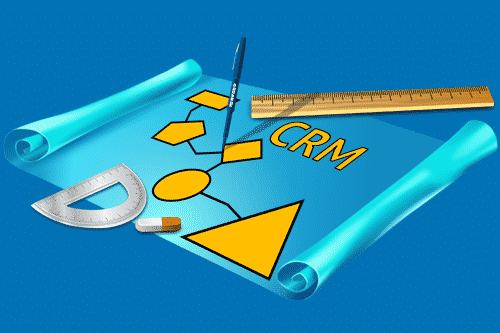
The Critical Control Blueprint
Forwood established the first fully dedicated Critical Control Management Portal in 2011. This Portal and the blueprint methodology was initially deployed for BHP at the massive Minera Escondida Mine in Chile as a pilot program and shortly thereafter was rolled out to all BHP Copper Operations.
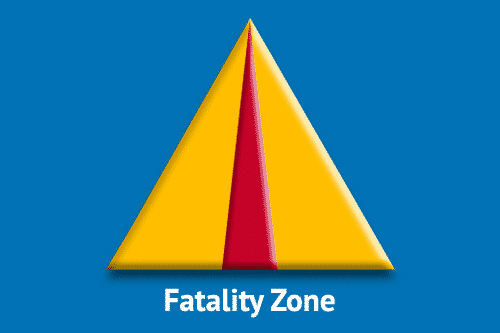
The New Accident Triangle
Not all incidents can lead to a fatality. Forwood has redesigned the Accident Triangle to incorporate critical controls and highlight the zone where fatalities occur. In a study that examined critical control failures within a large global mining company it was shown that there were approximately 200,000 critical control failures per fatal event.
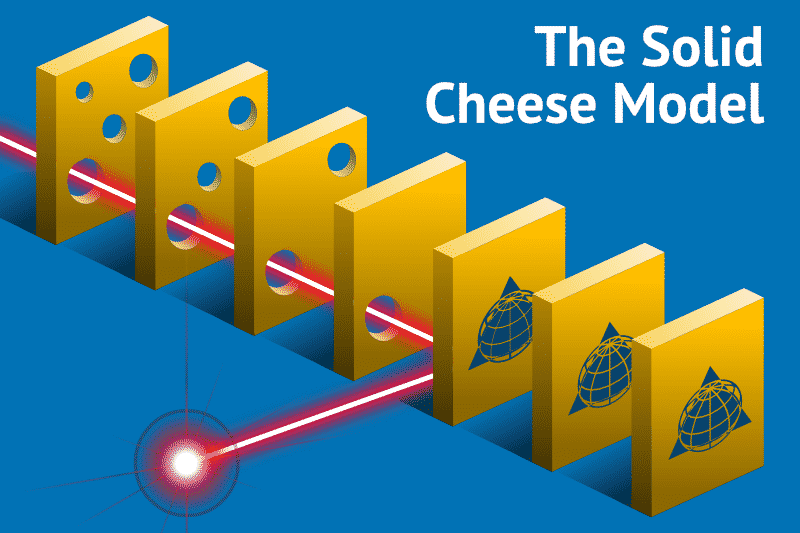
The Solid Cheese Model
Forwood has recreated the traditional swiss cheese model by adding robust critical controls (solid cheese) that prevent fatalities and catastrophic events from occurring. This 'solid cheese' acts as verifiable barriers to give assurance that all critical controls are effective and that they will work as expected in the event of a failure.
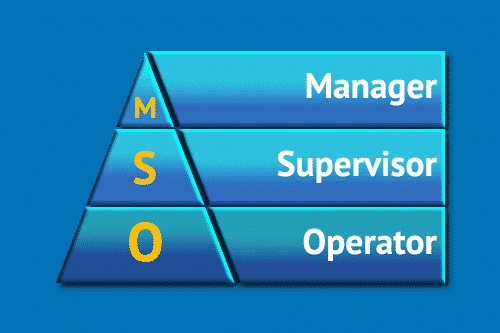
The 3-Tier Verification Model
Forwood runs a 3-tier Verification Process to ensure that Critical Controls are in place where they matter most; on the shop floor. All Verifications are done immediately prior to any job commencing. Verifiers at every level confirm that the ‘path to death is blocked’ and that critical controls are robust and effective.
Global Content
Forwood has created a world benchmark in critical control checklists built from the learnings of actual workplace fatalities. These checklists have been fine-tuned from more than 8.75 million hours of field testing in real work environments.
Innovation Pilots
If you are an early adopter or your company likes to be the first to implement cutting edge technologies, then you may want to enrol in one of Forwood's Innovation Pilots and customize these Proof of Concepts (PoC's) to suit the needs of your organization. Forwood's PoC's are exciting and full of potential. Why not get involved and assist in taking these PoC's to the next level?
ABOUT
Company
Forwood is about making the world a safer place to work by providing innovative safety solutions wherever human life is at risk. We are a specialist fatality prevention service provider; combining in-depth industry knowledge with leading edge technology and the latest thinking and approaches in safety tools and techniques; that deliver results.
Executive Team

Steve Wood
Chief Executive OfficerSteve Wood
Chief Executive Officer
Angelina Ahmadi
Chief People OfficerAngelina Ahmadi
Chief People Officer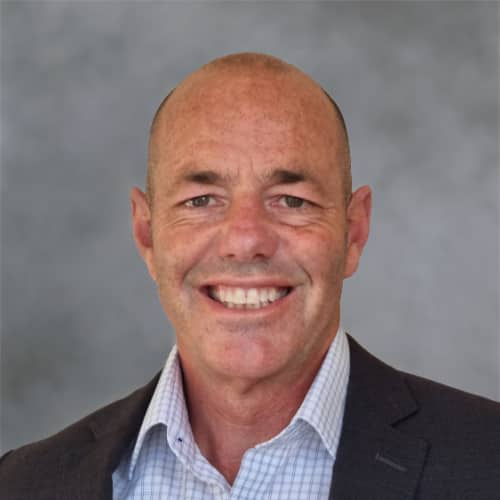
Jeremy Morgan
Chief Commercial OfficerJeremy Morgan
Chief Commercial Officer
Thorsten Scholz
Chief Operating OfficerThorsten Scholz
Chief Operating OfficerOur Clients
There are over 1200 Companies and Contractor Organizations using our global benchmark critical control verification process to improve their performance and eliminate fatalities from the workplace. A sample of our clients since 2015 include:
News Announcements
Forwood’s unique offering continues to make headlines across the globe for its proven fatality prevention methods, innovative safety technology and record breaking results achieved by clients in our Critical Risk Management community. News articles, conferences, presentations, case studies, learnings and many more exciting announcements can be found at the below link.





















